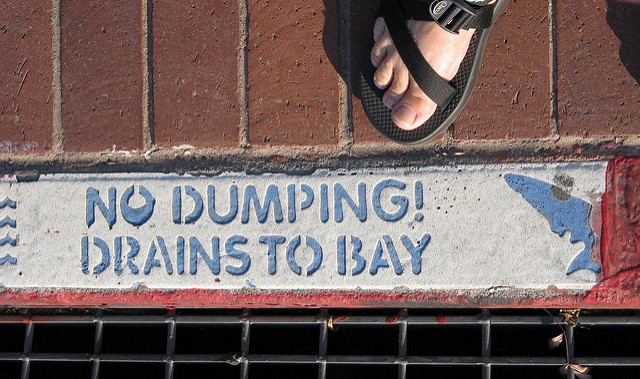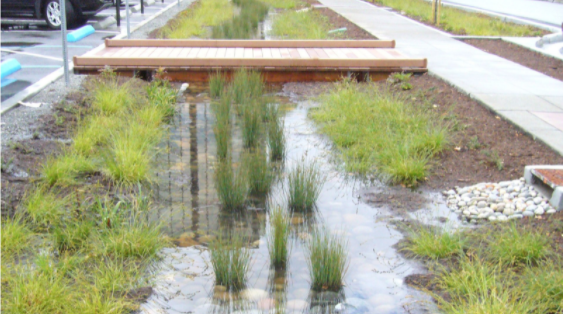Summer is here, meaning that families, friends, and individuals across San Mateo County will be heading to the beach! The anticipated ramping up of summer fun at the beach also coincides with the release of the non-profit Heal the Bay’s annual Beach Report Card for 2021.
Every summer, the Beach Report Card gives beaches across California a grade from A to F based on beach water quality data collected by health agencies and sanitation departments. A poor grade means that water quality monitoring at that beach over the course of the year has shown high levels of fecal indicator bacteria which can be a sign that water is unsafe to swim, fish, and play in. Exposure to bacterial pollution can cause ear infections, skin rashes, stomach flu, and other illnesses.
How did San Mateo County beaches do?
This year three beaches in San Mateo County got an F grade and were put on the Beach Bummers List of the top 10 most polluted beaches in the state, though it’s worth noting not all beaches that have been reported on in previous years were monitored and reported on this year.
All three low-scoring beaches in San Mateo County are enclosed beaches, meaning that there’s a land mass or jetty blocking the beach from the open water. They typically have calm waters, making them attractive to families and children. Unfortunately, this also means that they are more susceptible to water pollution due to a lack of water circulation.

Where does the pollution come from?
At enclosed beaches, like the ones that made the Beach Bummers List, pollution likely comes from litter and animal waste left directly on the beach as well as polluted runoff that reaches the beach from surrounding developed areas. Understanding the exact source of bacteria can be difficult, however. Leaking sewer lines, and feces from wildlife, including birds and small mammals, are a few additional potential sources of bacteria in stormwater runoff draining to recreational waterways.
What are we doing to try to keep our beaches off the Beach Bummers List for next year?
- Water Quality Monitoring: The San Mateo Countywide Water Pollution Prevention Program (that’s us) closely monitors urban creeks in the county to ensure that water pollution remains below permitted levels and to address pollution if it gets too high. This is important for protecting our beaches because creeks eventually feed into the Bay and ocean. We report our findings in annual Urban Creek Monitoring Reports.
- Green Infrastructure: We support countywide stormwater planning efforts, most recently including the Countywide Sustainable Streets Master Plan, and have funded green stormwater infrastructure projects around the county to manage stormwater more sustainably, reduce pollution and provide additional community benefits, such as bike and pedestrian safety, reducing urban heat island impacts and more. Check out our Green Infrastructure Story Map to learn about green infrastructure projects near you.
- Public Education: We also do outreach to people like you and your neighbors to help you adopt water-friendly practices! For instance, we educate people about the importance of picking up litter and throwing away pet waste so that our beaches remain clean and safe.

How you can help!
There is also a lot you can do as a San Mateo County resident to help protect our beaches! Even if you’re not going to the beach often, there are things you can do every day to help protect our beaches, since pollution in your neighborhood may end up in the ocean eventually.
Here are some steps you can take:
- Pick up after your pet.
- Throw away all your trash in the proper disposal container.
- Reduce pesticide and fertilizer use in your yard.
- Take your car to the car wash instead of washing it at home.
- Maintain your vehicle so it doesn’t leak auto fluids onto the streets.
- Volunteer with local organizations such as the Pacific Beach Coalition or Surfrider to do beach cleanups.
Remember that clean water and a healthy community is a team effort! Contact us below with any thoughts or questions.